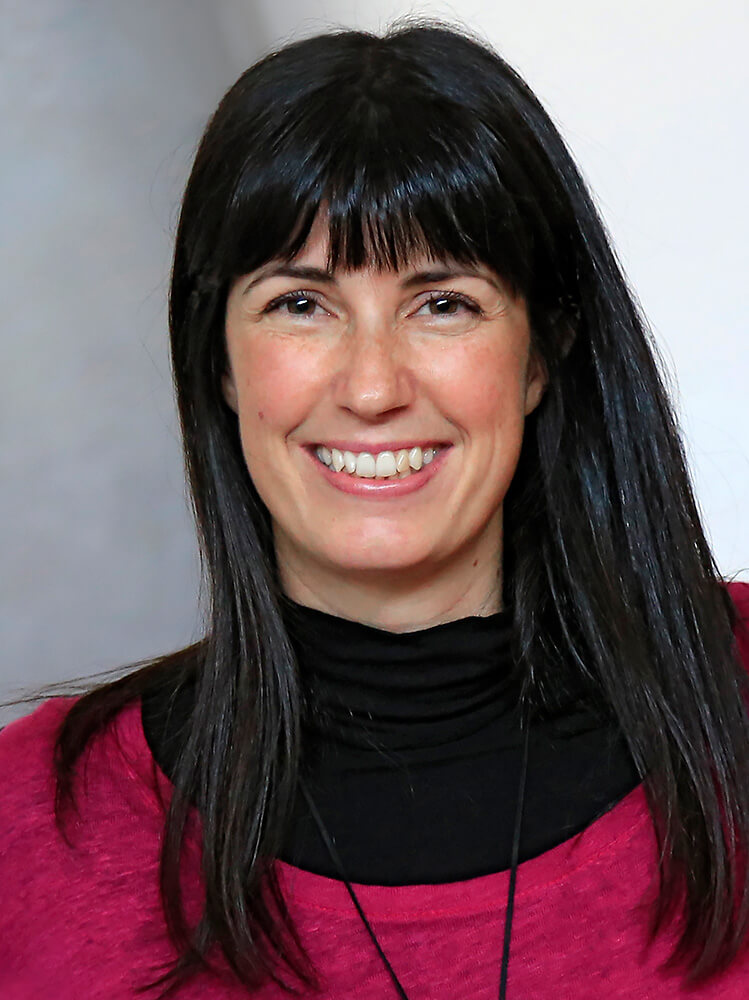Maja Strgar Kurecic is a fine art photographer and an Associate Professor of photography at the Faculty of Graphic Arts, University of Zagreb, Croatia. She has been involved in photography for over 25 years. At the beginning of her career, Maja engaged mostly in advertising and journalistic projects. The last few years she devoted to projects that fall within the field of abstract photography. She earned international recognition for her recent projects: Other Worlds, Escape Landscapes and Floating Garden that won many international awards. She exhibited photographs on over 50 group and 20 independent exhibitions, held in country and abroad.
OTHER WORLDS (2018)
In the intimacy of my room, I immerse myself in an unpredictable, hidden world of colors and liquids. I create abstract motives from scratch. With the camera, I approach the subject and stop the moment of the dynamic process of their interaction. What is elusive to the eye in real time becomes visible in photographs... Although these photographs look like an abstract expression of colors and shapes, for me they mean much more. They represent symbolic landscapes - places where I escape from everyday worries and the real world, symbolize my inner world. What drives me in creation is the eternal search for wider horizons, unfettered spaces that transcend the boundaries of where we are physically standing and transcend into the infinite space of the imagination. For me, creation is a journey to freedom, to an open flow of pure ideas.
